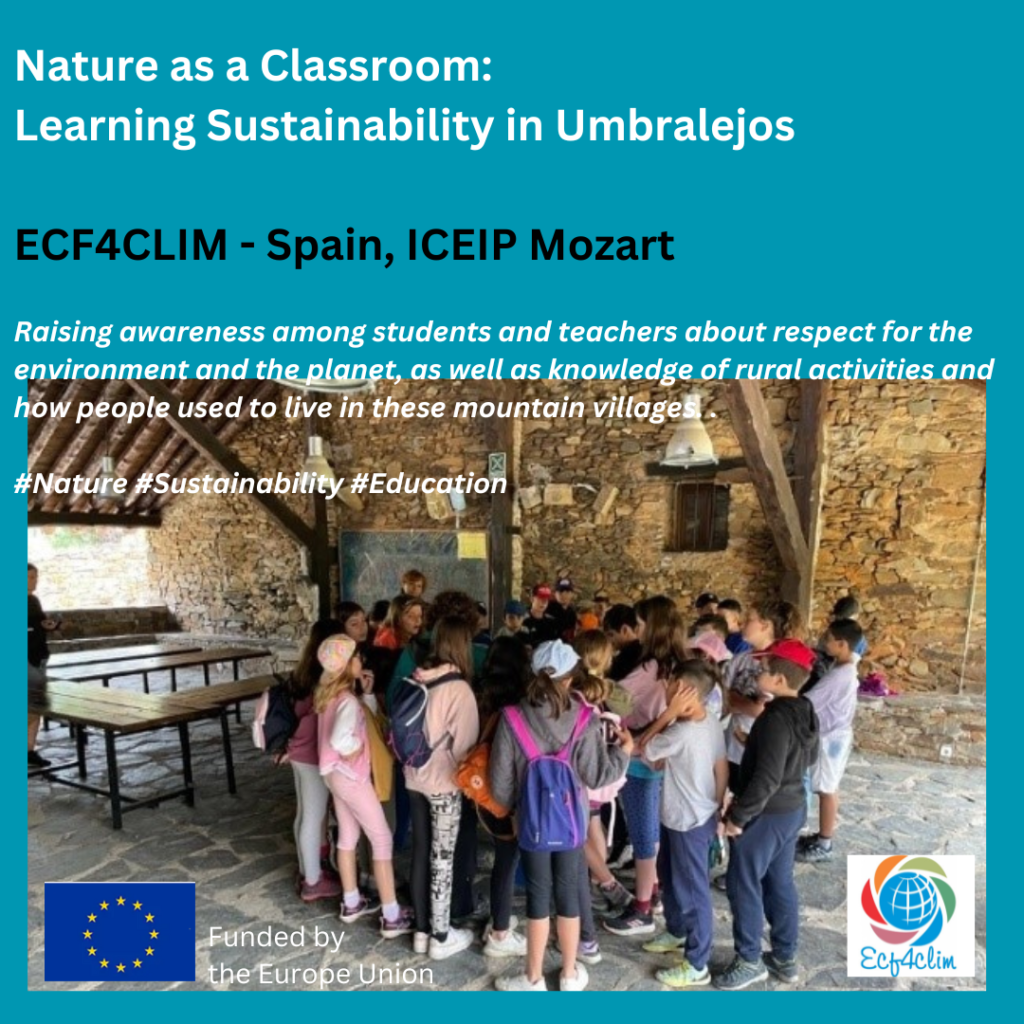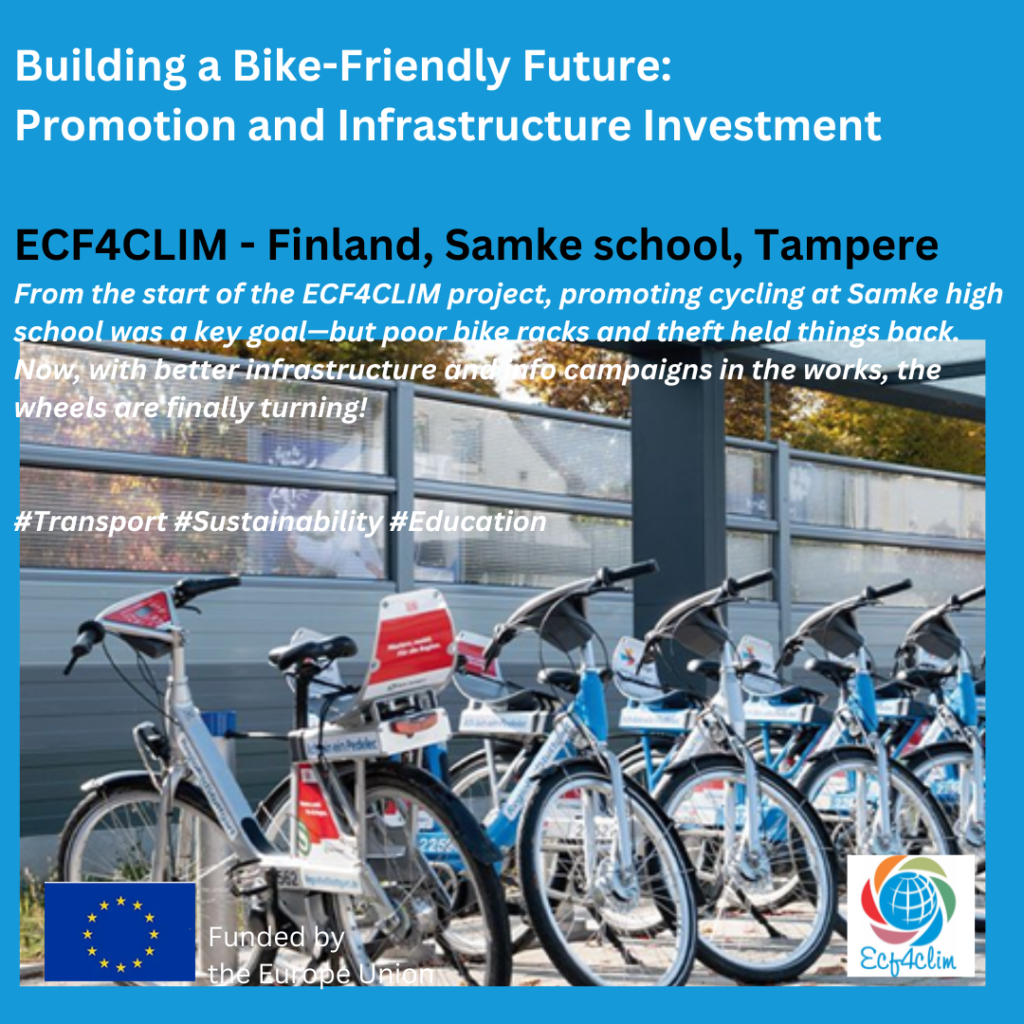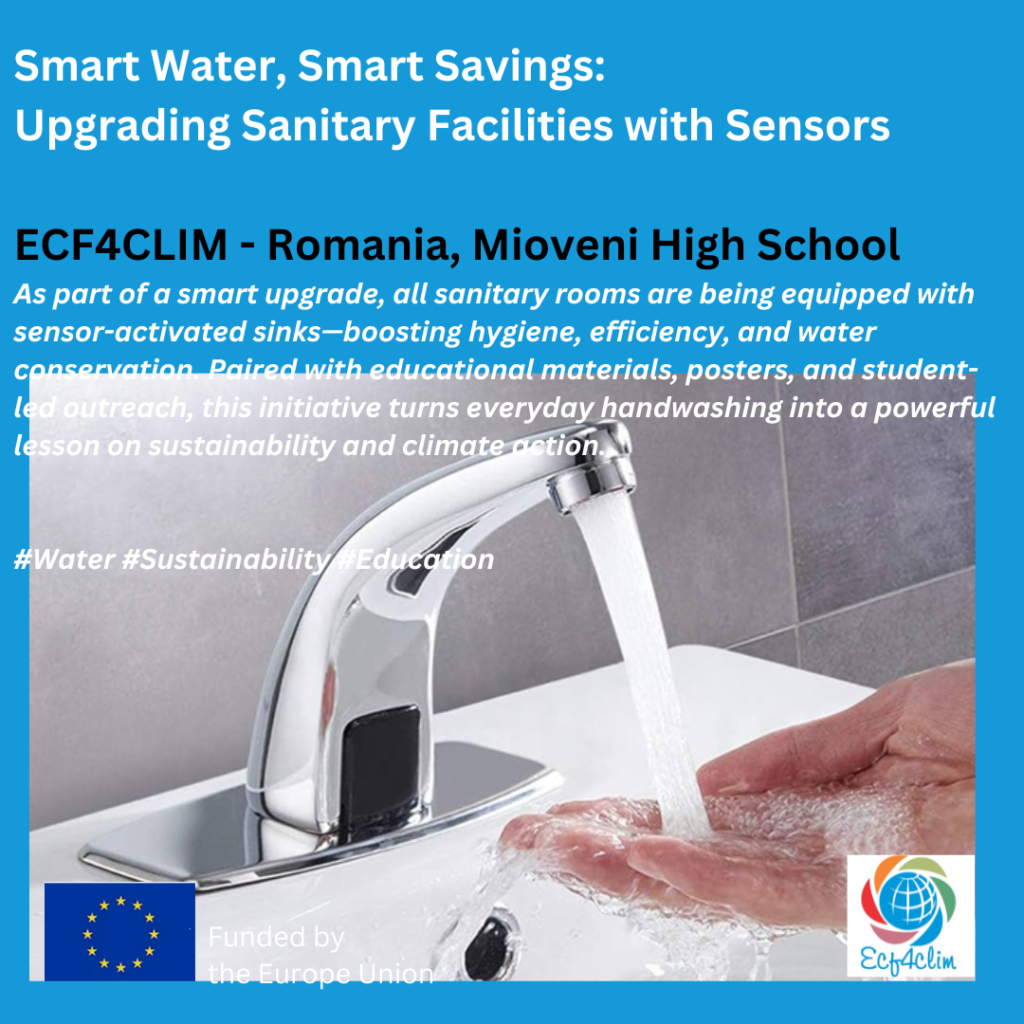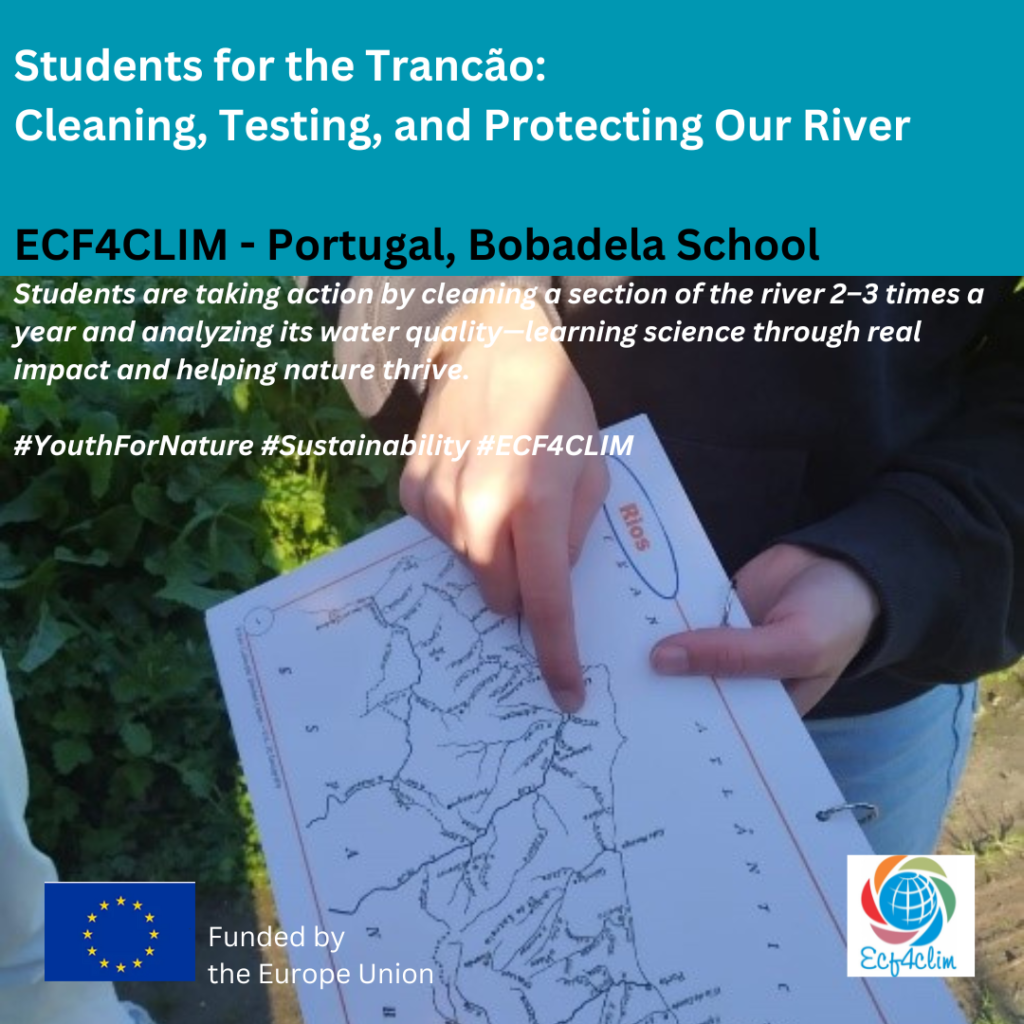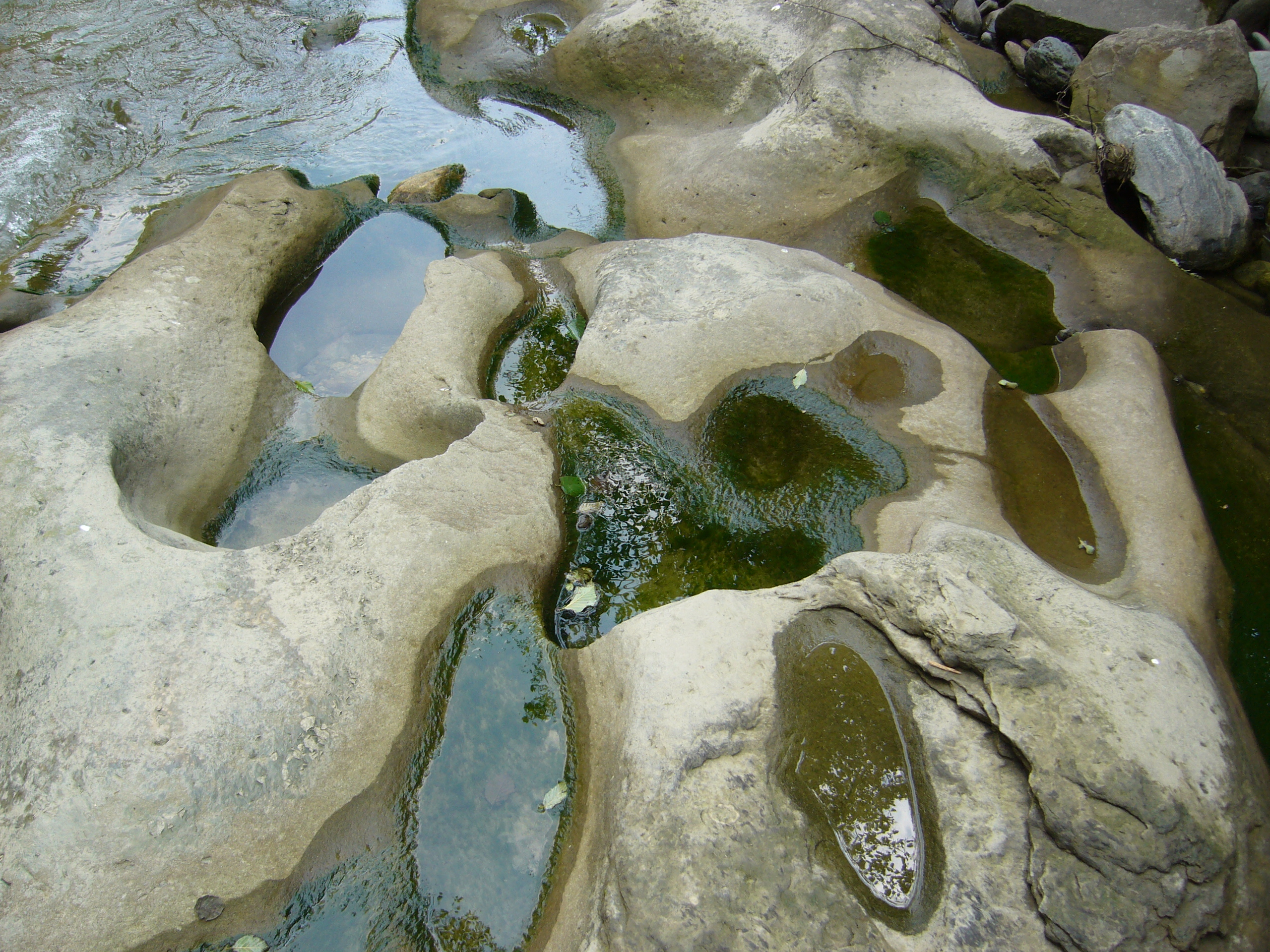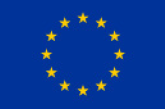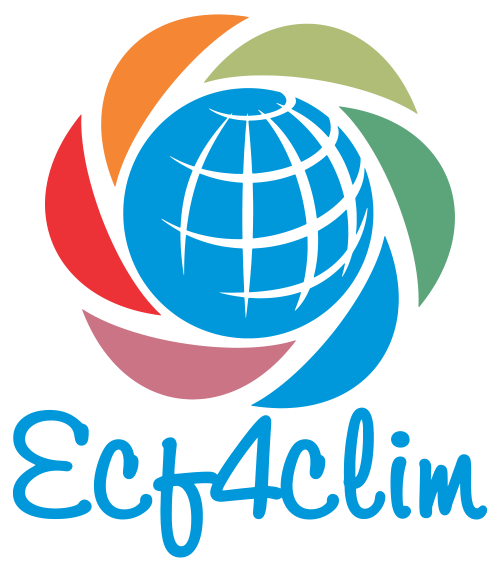How do you turn a school into a driver of sustainability? Over the past two years, ECF4CLIM Demonstration Sites (DSs) across Europe have been testing exactly that—through small but powerful interventions designed and led by their own educational communities.
From solar panels and biodiversity corners to second-hand markets and waste reduction schemes, more than 100 interventions were carried out in schools and universities in Finland, Portugal, Romania, and Spain. What made them special was not just the actions themselves, but the way they were created: students, teachers, administrators, and even parents worked together in Sustainability Competence Teams (SCTs) and Committees.
This hybrid participatory approach turned classrooms into co-design spaces, where science, geography, and arts met the real challenges of energy, waste, and climate. Students felt empowered as change agents, teachers experimented with new ways of teaching, and schools discovered that sustainability is not an extra subject but something that can be lived every day.
Of course, challenges were there—lack of time, resources, and institutional inertia sometimes slowed progress. But committed teachers, supportive leadership, and community involvement showed that barriers can be overcome when there’s shared purpose.
The lesson? Sustainability in education is about doing, not just teaching. By embedding it in school life, we can make learning more meaningful and create real impact in our communities. Read more in our latest report D5.4 – Key findings from the joint implementation of the interventions here.
